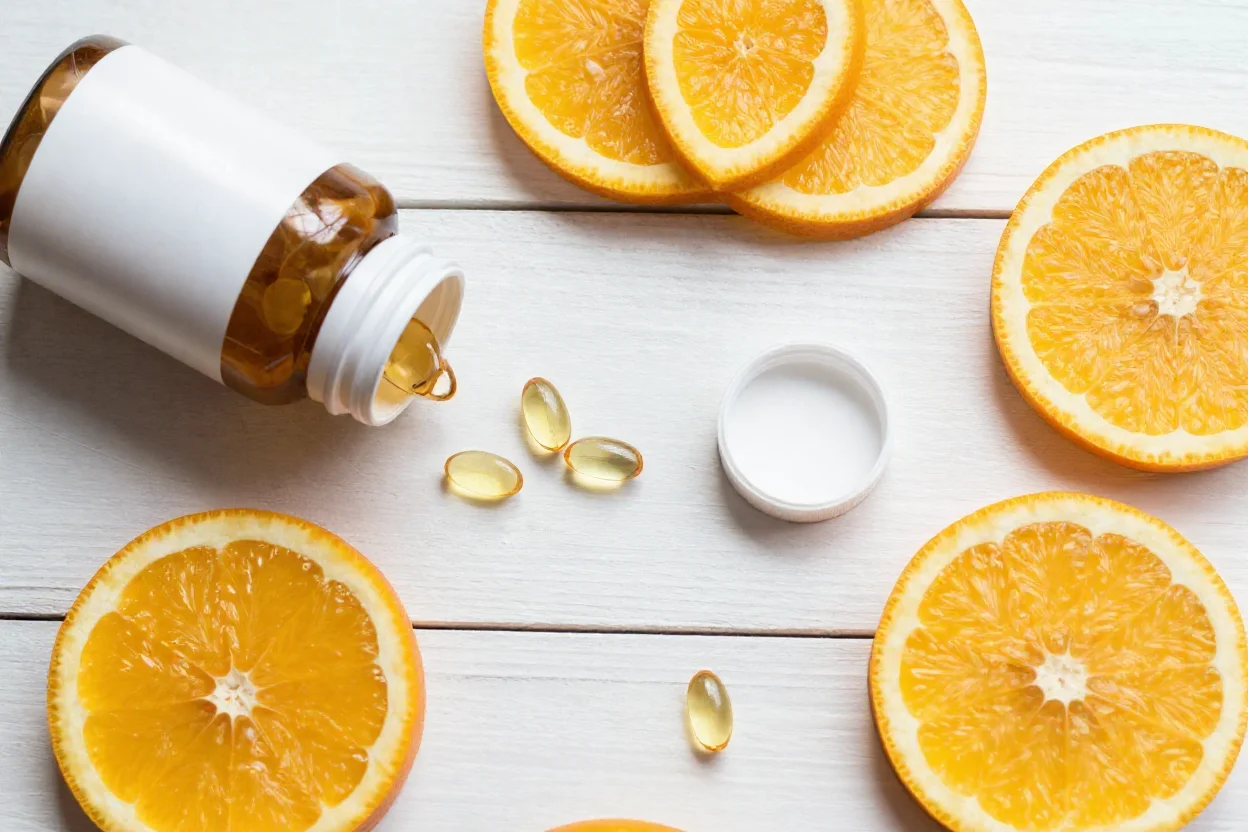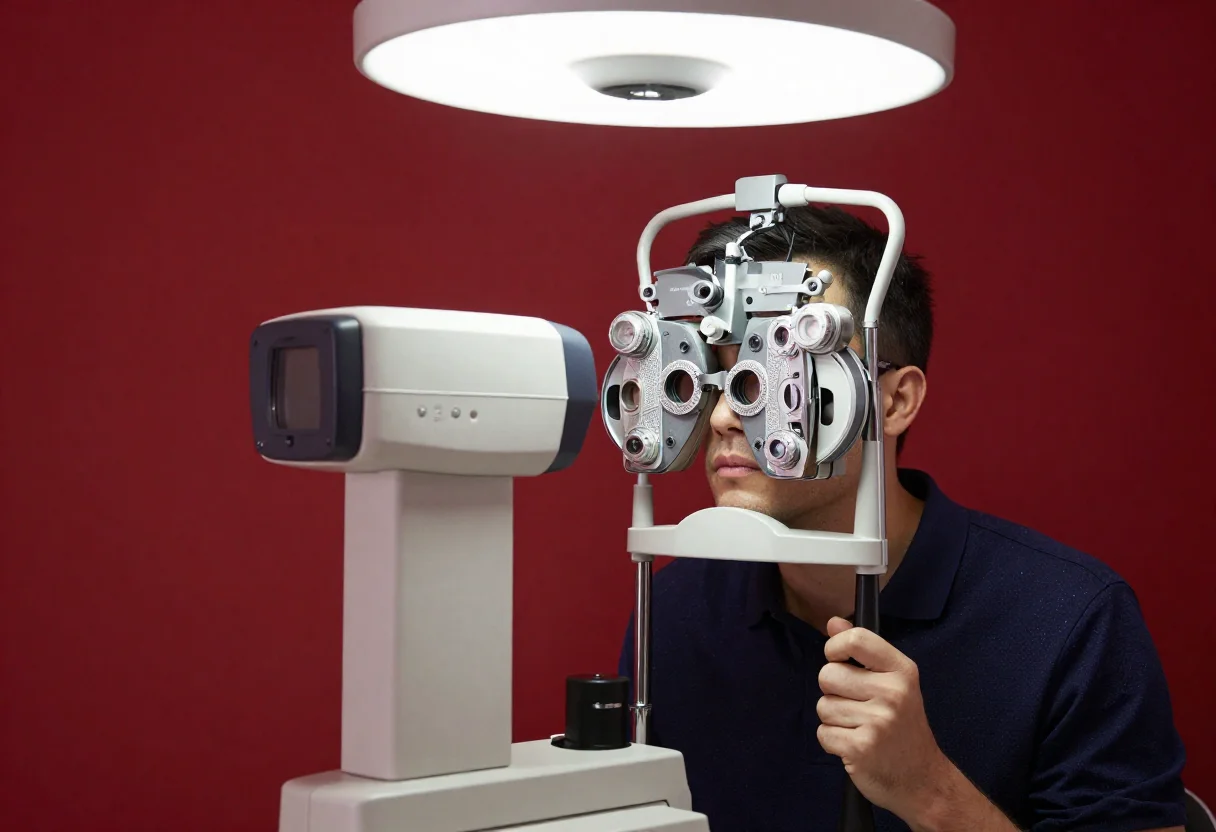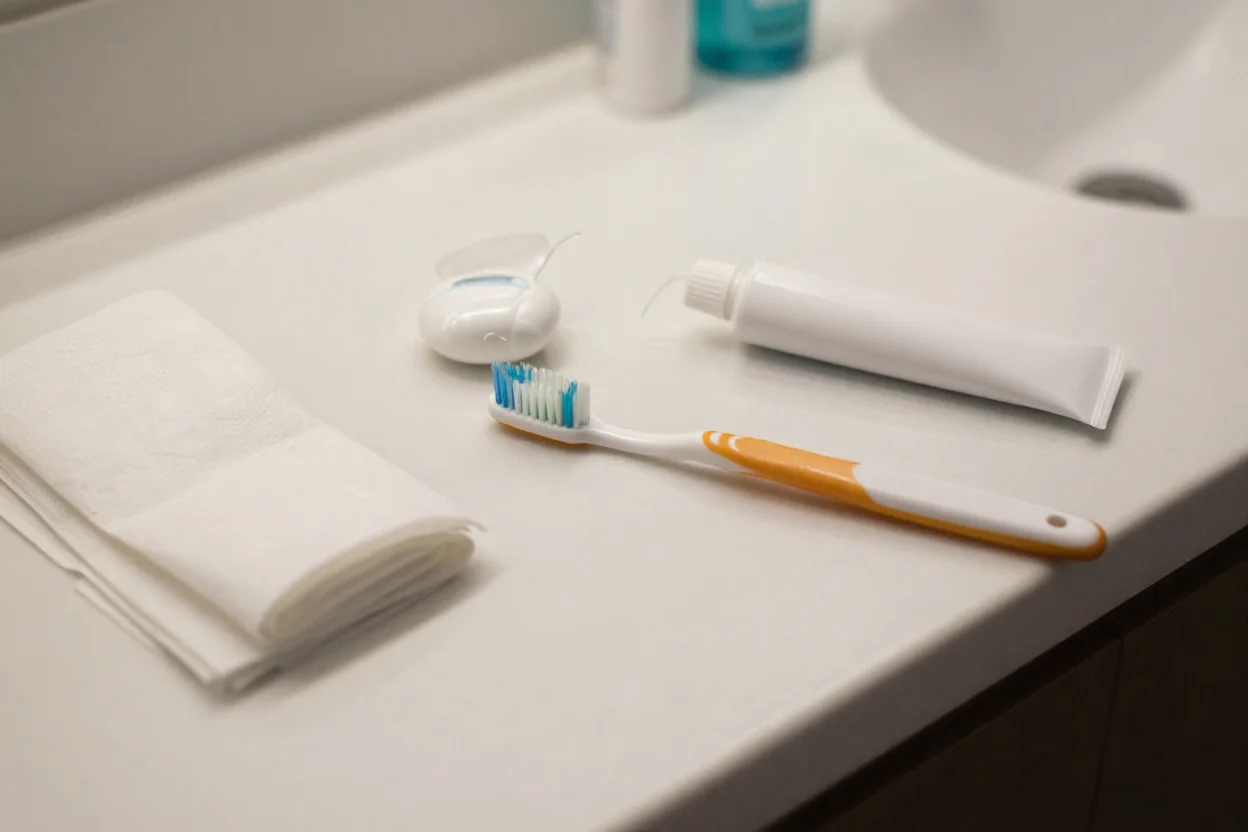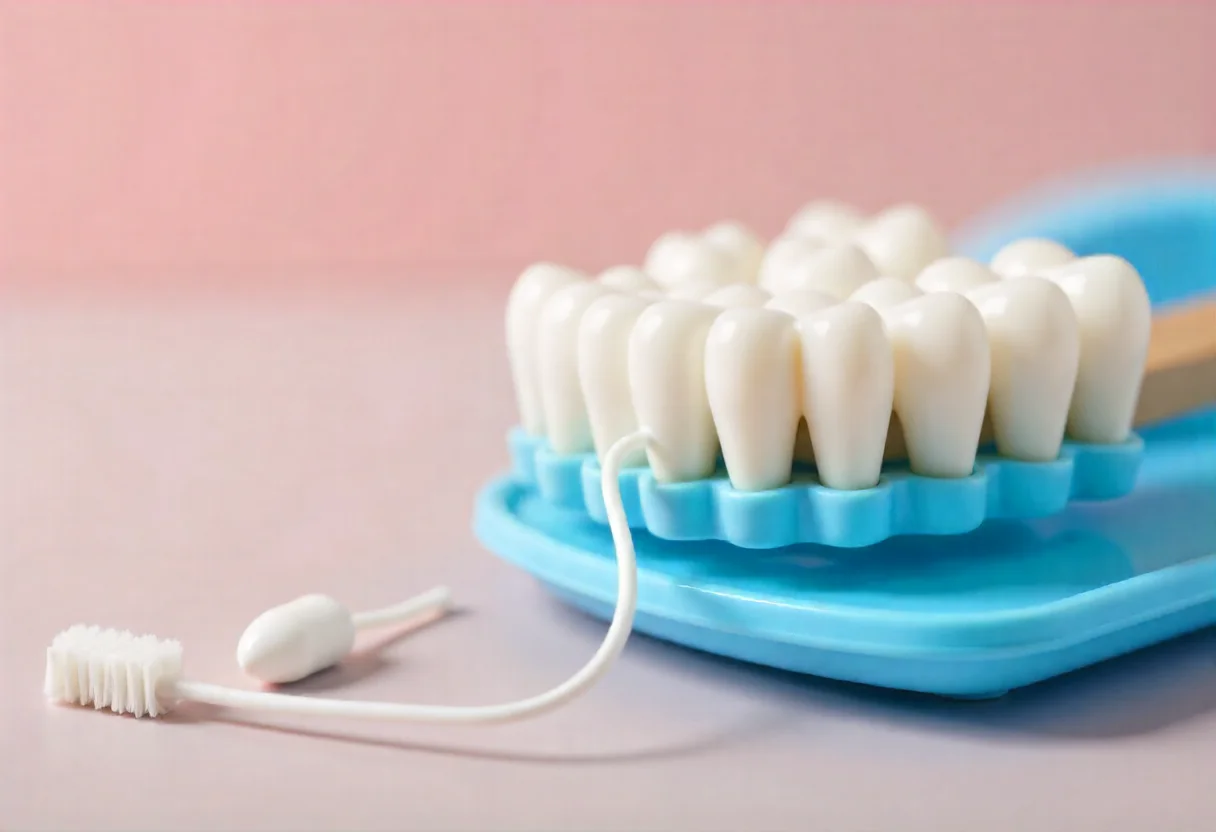
DHA is particularly important for brain health during pregnancy and early childhood. Expectant mothers and young children can greatly benefit from DHA supplementation to support brain development. A diet rich in DHA or supplementation is crucial during these critical developmental stages. For adults, DHA continues to play a significant role in maintaining cognitive function and overall brain health.
In contrast, while EPA is beneficial for health in various conditions, it is not the primary focus during pregnancy and early childhood. This is because EPA, which is primarily known for its anti-inflammatory and cardiovascular benefits, does not play as direct a role in neural development as DHA. As explained above, some studies suggest that high EPA levels—especially in the absence of sufficient DHA—may not be optimal for fetal and infant brain development. This makes DHA the most essential omega-3 fatty acid for supporting mental and visual health during these periods.
For pregnant women and children, a DHA-rich diet or an omega-3 supplement containing only DHA is recommended. An omega-3 supplement with DHA alone ensures that the developing brain receives the essential nutrients needed for proper growth and function.
The separation of EPA and DHA in omega-3 supplements marks a significant advancement in nutritional science. It acknowledges that while both are essential, their individual contributions to health are unique and sometimes even competitive.
EPA, with its potent anti-inflammatory properties and cardiovascular benefits, is crucial for addressing issues ‘below the neck’. In contrast, DHA is indispensable for brain health and development, playing a vital role in concerns ‘above the neck’, particularly during the critical stages of pregnancy and early childhood.
This delineation between EPA and DHA underscores the importance of personalized nutrition. As we’ve discussed, tailoring omega-3 intake to meet specific health objectives can lead to more effective outcomes. Whether it’s supporting cardiovascular health, enhancing cognitive functions, or addressing specific developmental needs, the choice of omega-3 type should be as unique as the individual taking it.
The journey to optimal health is personal and ever-evolving. By understanding and embracing the distinct benefits of EPA and DHA and choosing supplements that align with your individual health goals, you are taking a significant step towards a healthier, more vibrant life. Remember, in the world of omega-3s, the right choice can make all the difference.
- https://longevicals.com/
- Le, V. T., Knight, S., Watrous, J. D., Najhawan, M., Dao, K., McCubrey, R. O., Bair, T. L., Horne, B. D., May, H. T., Muhlestein, J. B., Nelson, J. R., Carlquist, J. F., Knowlton, K. U., Jain, M., & Anderson, J. L. (2023). Higher docosahexaenoic acid levels lower the protective impact of eicosapentaenoic acid on long-term major cardiovascular events. Frontiers in Cardiovascular Medicine, 10, 1229130.
- Pal, A., Metherel, A. H., Fiabane, L., Buddenbaum, N., Bazinet, R. P., & Shaikh, S. R. (2020). Do Eicosapentaenoic Acid and Docosahexaenoic Acid Have the Potential to Compete against Each Other? Nutrients, 12(12), 3718.
- Kousparou, C., Fyrilla, M., Stephanou, A., & Patrikios, I. (2023). DHA/EPA (Omega-3) and LA/GLA (Omega-6) as Bioactive Molecules in Neurodegenerative Diseases. International Journal of Molecular Sciences, 24(13), 10717.
- Calder, P. C. (2016). Docosahexaenoic Acid. Annals of Nutrition & Metabolism, 69(Suppl 1), 7–21. https://doi.org/10.1159/000448262
- Food Standards Australia New Zealand. (2003). DHASCO and ARASCO oils as sources of long-chain polyunsaturated fatty acids in infant formula: A safety assessment (Technical Report Series No. 22).















